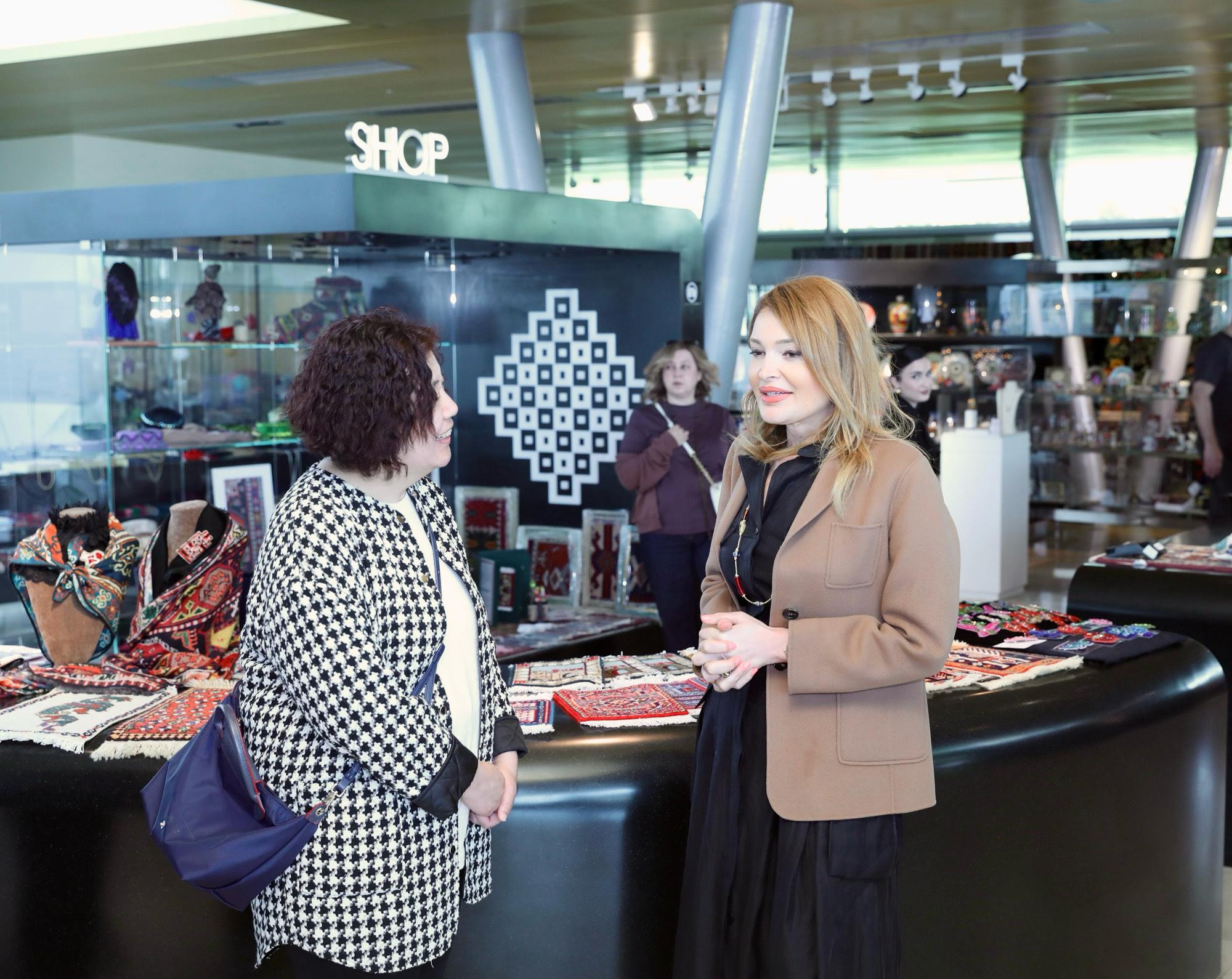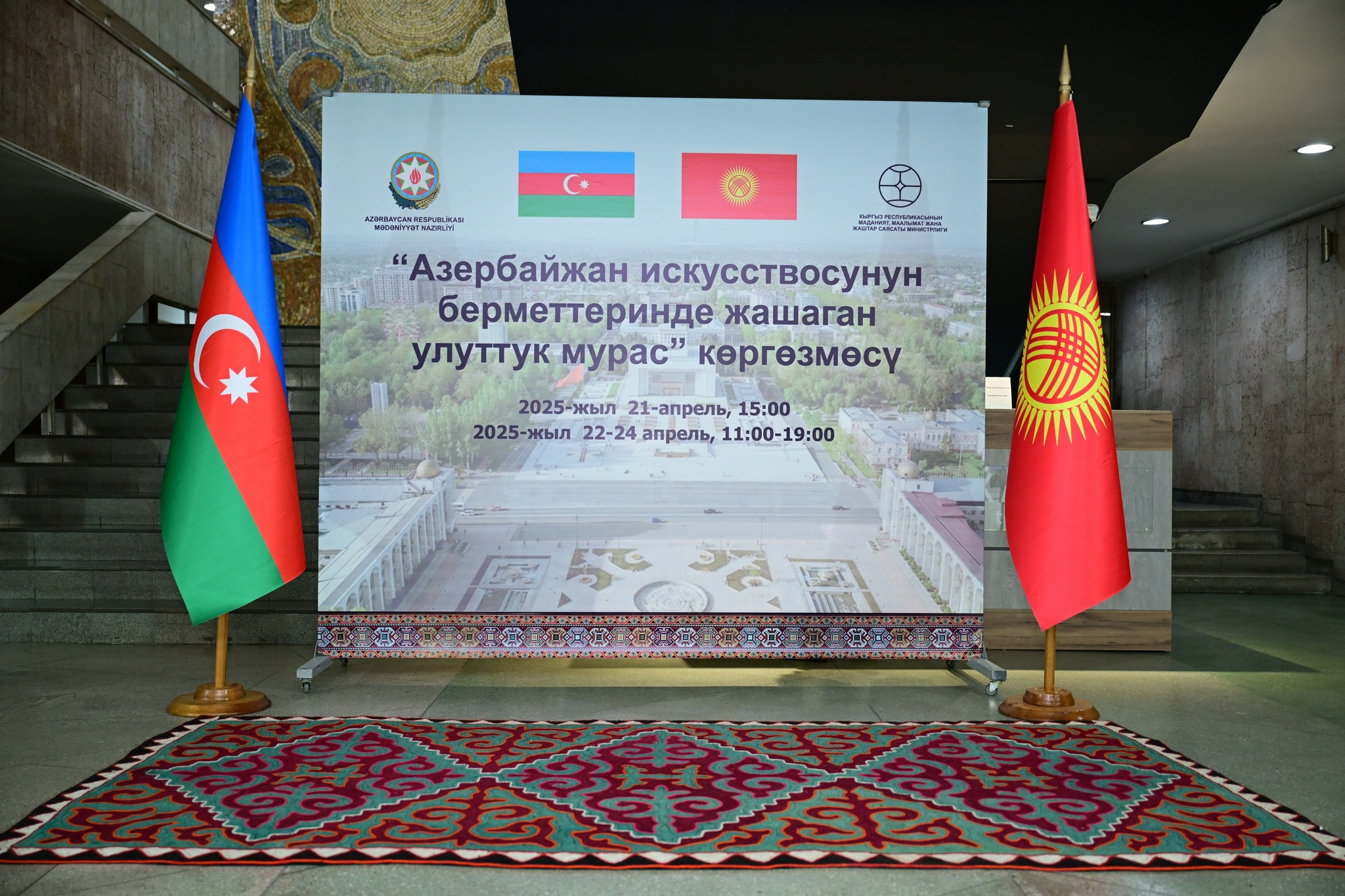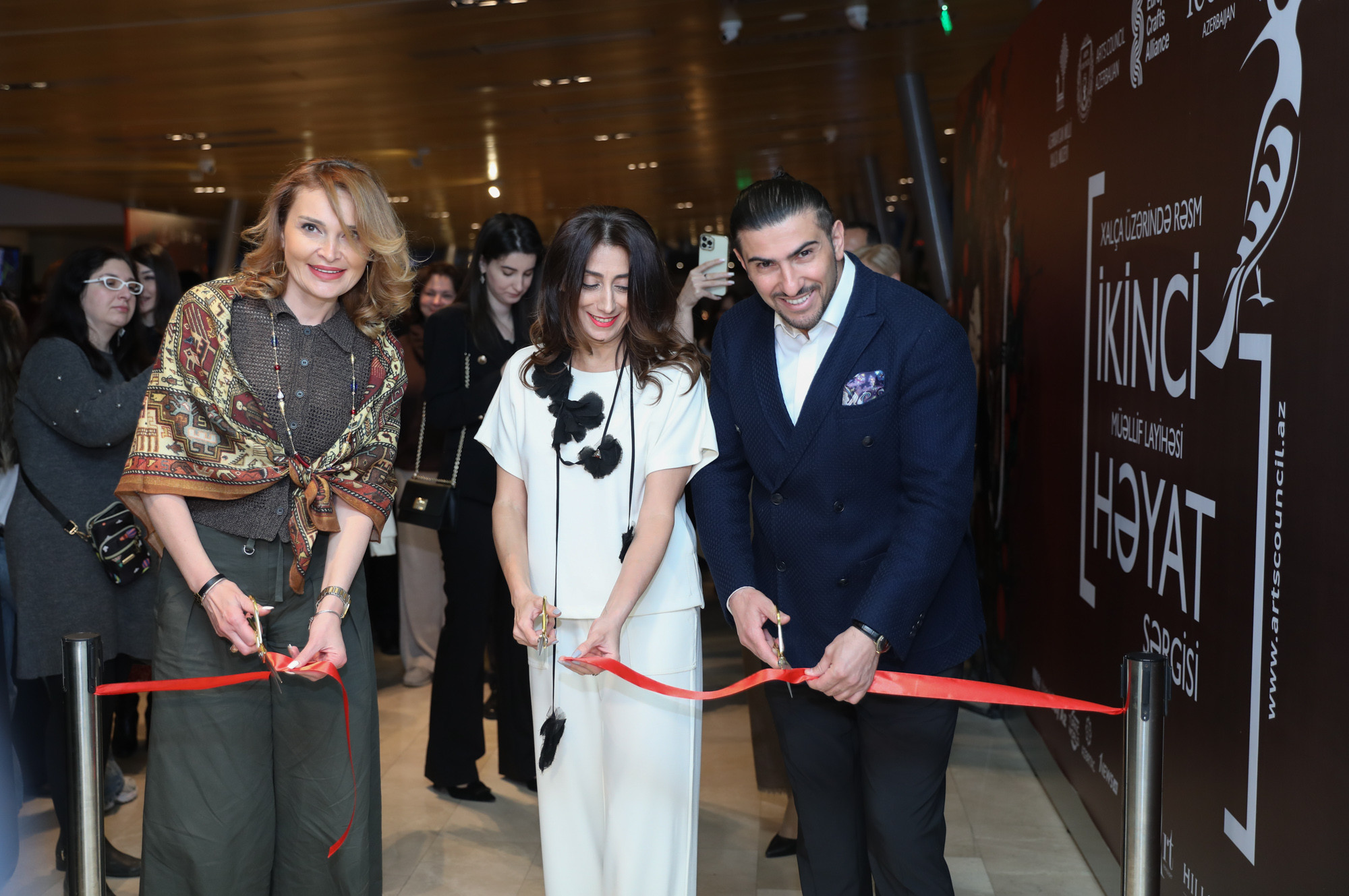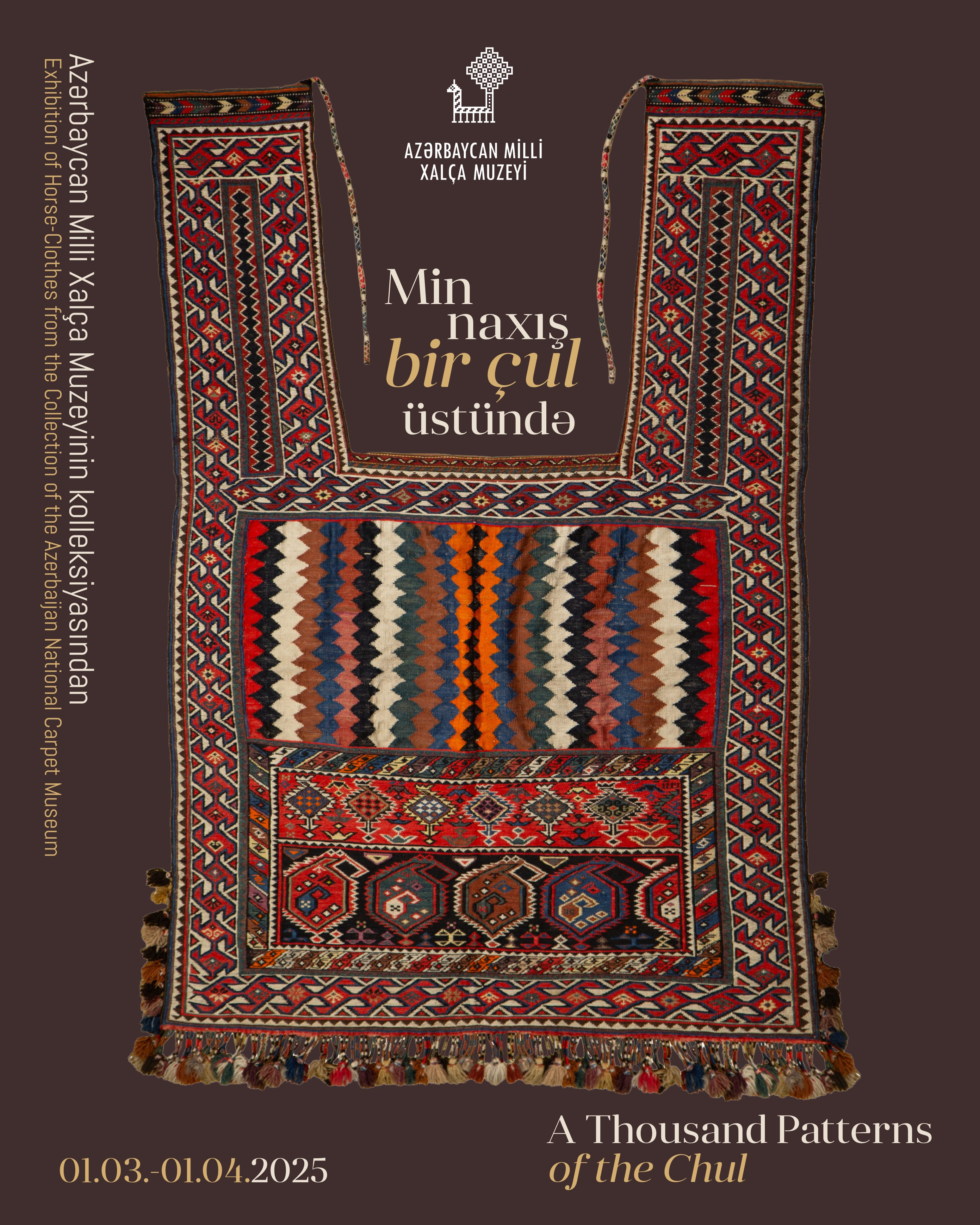Daraghi earrings. Oymaghi earrings. Piala-zeng earrings.
They say jewelry makes you feel great and we agree! Let's discover three more exhibits' from the museum's Jewelry Collection.
Earrings are the most widespread form of women’s decorations. The three-piece gold daraghi, made using a filigree technique, was especially popular. The earrings’ upper tier is a rosette in the form of a seven-petal flower with a colored stone in the center. The second tier hangs in the form of an opened fan whose segments are adorned with rosettes. The third tier is a long rectangular frame decorated with circles, from which are descended the links of pendants. The shape of the earring created the image of a decorative comb widely used by women in everyday life. Hence the name of the earrings, daraghi, which translated means “like a comb”.
A simplified form of these earrings is represented by oymaghi. These earrings feature the enamel technique in the shape of a hemisphere resembling a thimble (hence the name oymagi − thimble) and are decorated with stamped pendants in the form of a tulip.
Multi-component earrings, consisting of several independent elements - chetir (umbrella) and piala-zeng - were widely popular. Wealthy ladies displayed such earrings from under their head covers, the cascade of pendants descending almost to their shoulders.
Daraghi earrings. Nakhchivan, Azerbaijan. Early 20th century. Gold. Filigree, granulation. Inv. No. 7868
Oymaghi earrings. Azerbaijan. 19th century. Gold. Enamel. Inv. No. 5677
Piala-zeng earrings. Azerbaijan. Late 19th – early 20th century.Gold. Filigree, granulation. Inv. No. 3044








